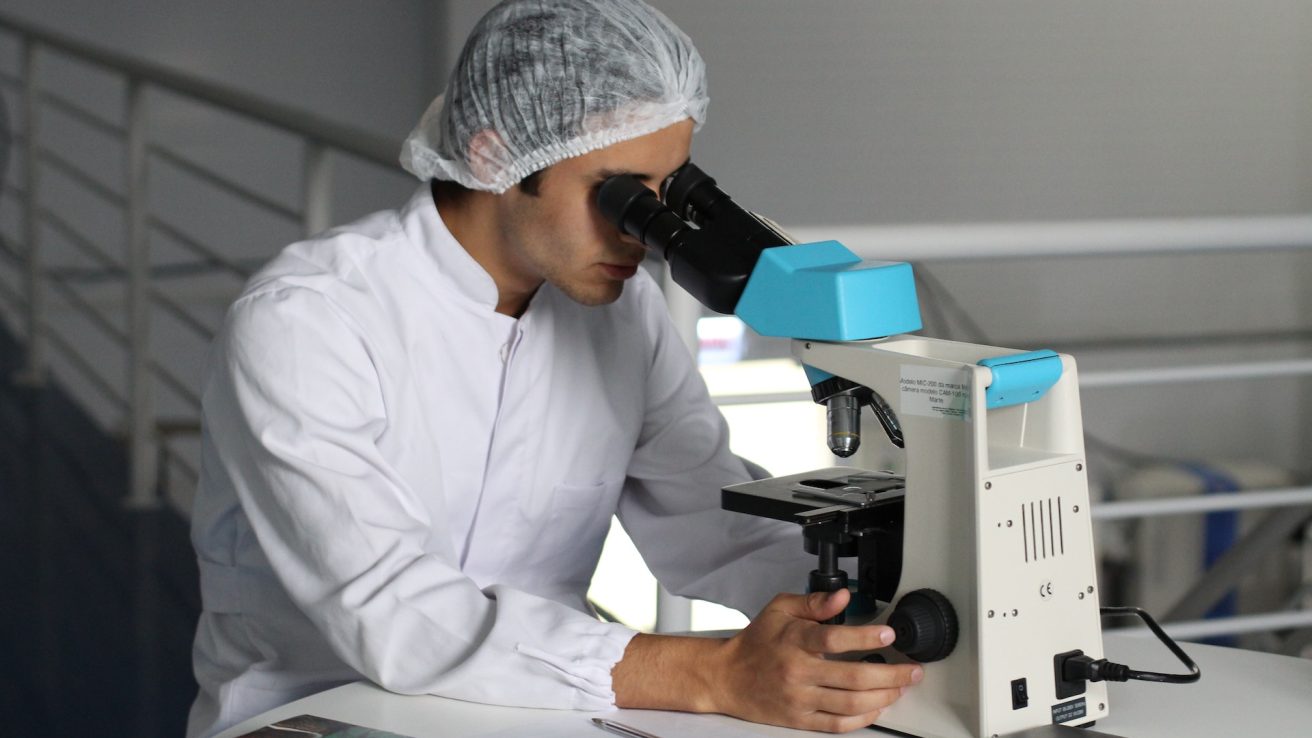The antimicrobial peptide derived from insulin-like growth factor-binding protein 5 seems to play a role in the pathogenesis of atopic dermatitis, but additional research is required to understand how it can be used for novel therapies.
The antimicrobial peptide derived from insulin-like growth factor-binding protein 5 (AMP-IBP5) can be used to derive an antimicrobial peptide that exhibits various antimicrobial activities and immunomodulatory functions in fibroblasts and keratinocytes. Its role in regulating skin barrier function is not entirely clear, however. Atopic dermatitis (AD) is a common chronic inflammatory skin disease that has a complex and multifactorial etiology with contributions from genetic, immunological, and environmental sources. This article, published in the International Journal of Molecular Sciences, analyzes the effects of AMP-IBP5 on the skin barrier, and its role in the pathogenesis of AD. The study relied on results from both normal human epidermal keratinocytes and AD mice.
Testing the Role of AMP-IBP5 in AD Skin
The authors used 2,4-dinitrochlorobenzene to induce skin inflammation that mirrors the effects of AD. Transepithelial electrical resistance and permeability assays were used to investigate tight junction (TJ) barrier function in both human keratinocytes and mice. Western blot analysis showed that AMP-IBP5 upregulated claudin-1, -4, and -7, occludin, and ZO-1 expression. The results show that AMP-IBP5 does enhance the formation and function of the TJ barrier. The expression of IGFBP-5, which is the parent protein of AMP-IBP5, was also found to be downregulated in AD skin lesions. Based on this observation the expression of IGFBP-5 was examined in a mouse model with induced AD-like pathology, which also resulted in a decrease in IGFBP-5 in AD mice compared to normal mice. This further supports the role of AMP-IBP5 in AD pathogenesis.
Promising Results, But Still Far From Novel Therapies
In previous experiments, lesional ear skin of AD mice was treated with AMP-IBP5, and although the AD mice that were treated with AMP-IBP5 showed marked differences compared to healthy controls, the features of AD in these mice were improved following treatment. Treatment also restored claudin-1 expression, as well as TJ barrier function in AD mice.
These results support the significance of skin barrier dysfunction in the pathogenesis of AD. The TJ barrier is particularly important due to its role in connecting with other components of the skin barrier. Although this study shows a promising role for AMPs in the treatment of AD, the exact role of AMPs in the genesis of AD is not yet clear, and more work needs to be done before a therapeutic application of AMP-IBP5 can be developed.
Source:
Nguyen, H. L. T., Peng, G., Trujillo-Paez, J. V., Yue, H., Ikutama, R., Takahashi, M., Umehara, Y., et al. (2023). The Antimicrobial Peptide AMP-IBP5 Suppresses Dermatitis-like Lesions in a Mouse Model of Atopic Dermatitis through the Low-Density Lipoprotein Receptor-Related Protein-1 Receptor. International Journal of Molecular Sciences, 24(6), 5200. MDPI AG. Retrieved from http://dx.doi.org/10.3390/ijms24065200








